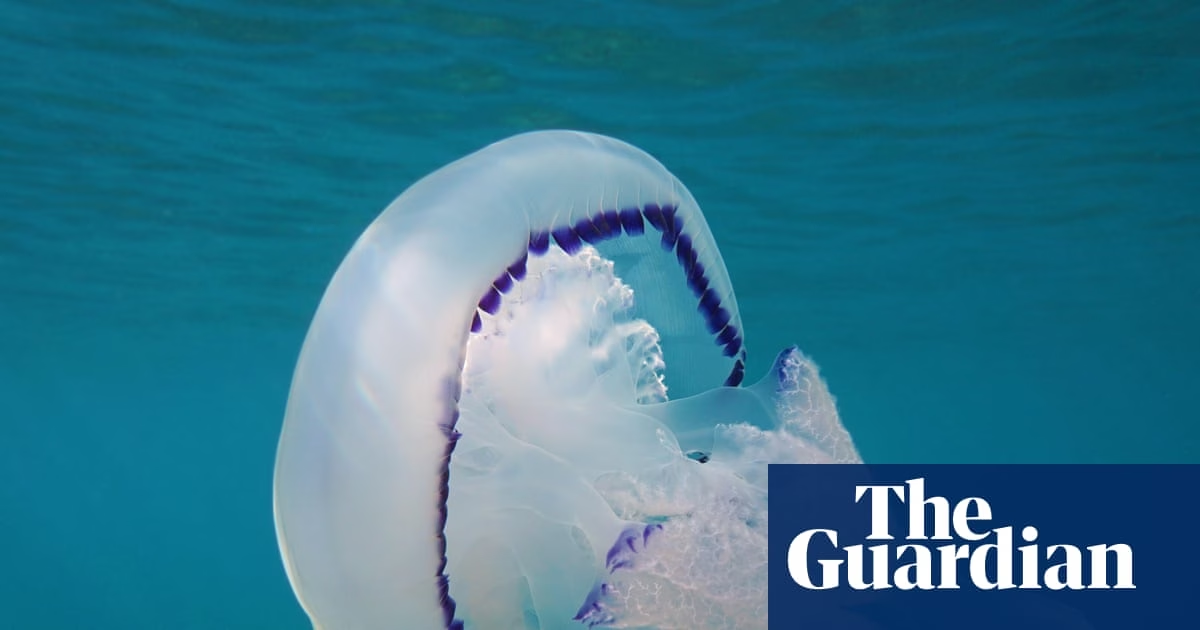An exceedingly high number of jellyfish have arrived in the UK’s seas this summer, according to experts.
These jellyfish blooms arrive annually for their reproductive cycle, following the flow of warm water to the coast. The warm sea surface temperatures, which are worsened by global heating, create favorable conditions for the proliferation of jellyfish.
This leads to an increase in their population and a prolonged stay during the summer season. Experts also predict that these conditions will lead to the arrival of new jellyfish species that prefer warmer waters.
With record-high sea surface temperatures recorded in April and May this year, the Met Office anticipates a higher number of jellyfish blooms along the UK coast.
Jellyfish are essential to the aquatic food web as they are types of plankton that form the base of various food chains. Compass jellyfish, known for their dark stripes on the bells and long tentacles that can cause painful stings, are a favorite food source for turtles, according to Abigail McQuatters-Gollop, a marine conservation specialist at the University of Plymouth.
The barrel jellyfish, a species that can grow up to a meter in diameter and has a relatively mild sting, has also appeared in large numbers in UK waters this summer. Other species spotted this year include moon, lion’s mane, blue, and mauve stinger jellyfish.
The Marine Conversation Society recorded 1,432 jellyfish sightings in 2024, marking a 32% increase from the previous year. McQuatters-Gollop suggests that climate change and warmer waters may contribute to more frequent jellyfish blooms.
However, jellyfish have a short lifespan, with many born and dying within the same summer. McQuatters-Gollop noted that extreme weather conditions, often a result of climate breakdown, can easily break apart the fragile bodies of jellyfish.
Despite their potentially painful stings, jellyfish are described as having beautiful colors and long tentacles, appearing almost otherworldly. McQuatters-Gollop encourages safe observation of jellyfish to appreciate their unique and fascinating nature.
Source: https://www.theguardian.com/environment/2025/aug/02/unusually-high-number-of-jellyfish-arrive-in-uk-seas








